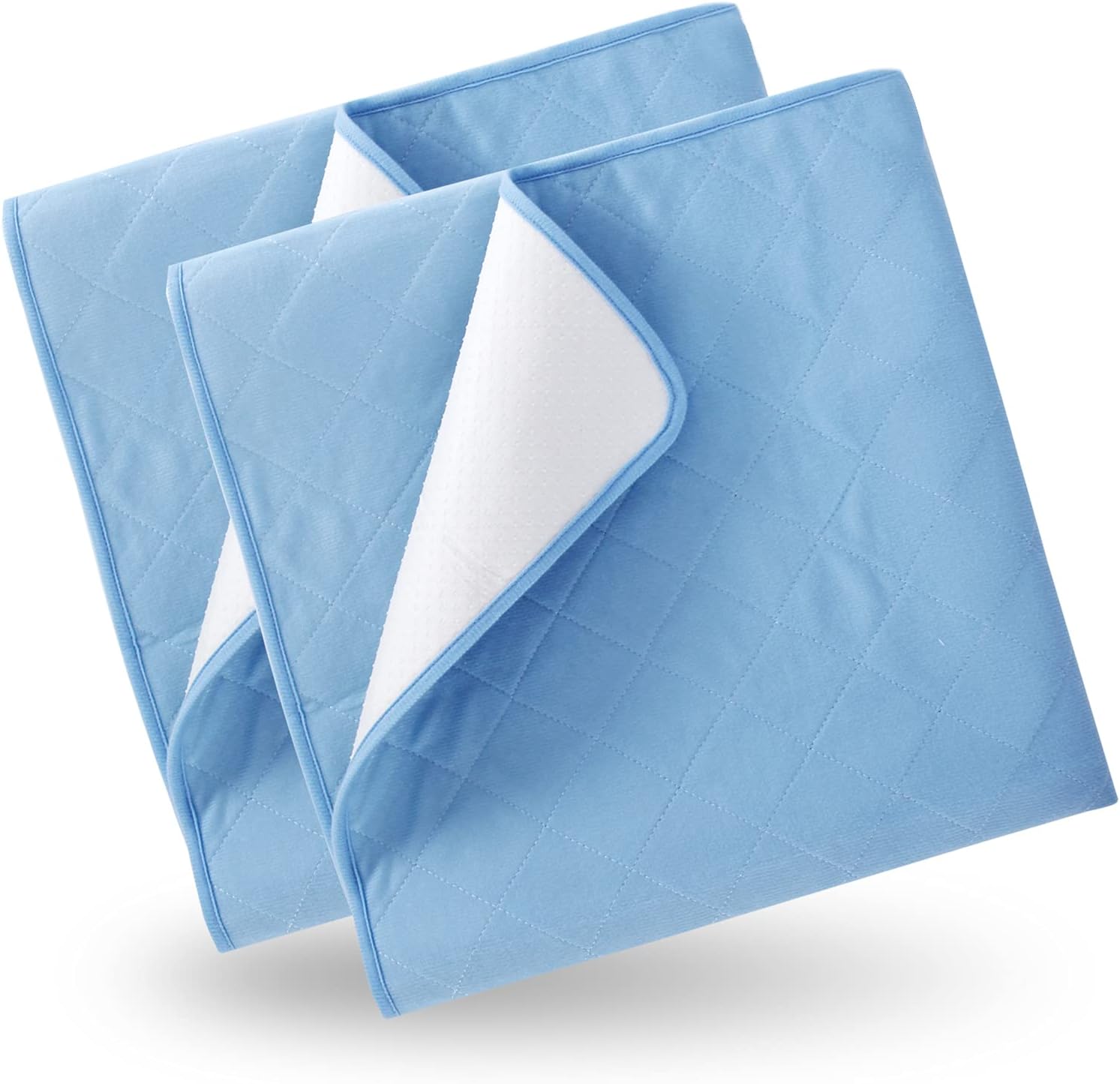
So apparently, small teething children will chomp down on wooden crib rails like beavers. I really had no idea until, visiting our dear friends at the end of the summer, I saw the evidence first hand, little teeth marks right through the wood finish. My friend the mama was thinking about ordering some covers for the crib rails, but I knew we, ok I, could easily make some, and I would get to sew! I’m going to share my notes and method, which should work for any crib, below. This is a fairly quick project, so if you are still looking for a gift for a young family, it could be a good one.
First things first, I measured the crib. I wanted the crib rail covers to go around the whole rail easily, so I added a little extra ease to my measurements. The back rail is against the wall, apparently too awkward an angle for little one’s head to chew, so I didn’t worry about that one.
I know that the quilt batting (which I want here for padding) will shrink a little bit, probably not enough to affect the width, but for the length I’ll include a bit extra. I usually use 1/2″ seam allowances, which I did for the width. I decided to use 1″ seam allowance on each end for the length, since that is where I am likely to want more wiggle room. To figure out how much fabric I need, I made another diagram, since I’m really a visual thinker.
So here are the supplies I got, including a little extra fabric for shrinkage, since it’s 100% cotton:
Two yards fabric (Modern Bliss design #13662 by Robert Kaufman)
One yard super wide cotton quilt batting, for two layers of batting in each cover
Eight yards of totally beautiful soft cotton ribbon for ties
When getting ready to sew, don’t forget to preshrink your fabric! Wash the fabric and dry it the same way you (or the recipient) plan on treating the finished project. I also put the ribbon through wash and dry, in a lingerie bag, just in case it was going to bleed any dye, etc., since a baby might be chewing on it. I didn’t pre-shrink the batting. The package it came with says it will shrink 3%, which will give the covers a bit of that puffy quilted look once they are washed. After washing, I ironed the fabric and ribbon to get rid of wrinkles and make it easier to measure and work with.
Cut or rip the fabric and batting into strips 10″ wide (or the width you picked for your crib), and then divide them for the length of the covers, as in the diagram above. Take one fabric section with its corresponding batting to the crib, make sure the size seems close, and decide where you want to put the ties and how long they should be. We decided on 7″ for each tie, which divided fairly neatly into 8 yards, 20 ties with two sides each. I just cut the ends of the ties at a diagonal to keep them from fraying, and left the other end, which will be sewn inside the cover, squared off.
I pinned the ties to one side where I wanted them to go, and then with the fabric off the crib, folded it in half to match and pin the matching tie. It’s helpful to leave just a bit of each tie sticking out beyond the fabric, so you’ll be able to see where they are when you’re sewing.
Make a fabric stack for each cover, with two layers of batting on the bottom, then one layer of fabric (right side/public side up) with the ties pinned in place (I pinned them in the middle too, so that they wouldn’t shift around and get caught while sewing). Then top with the other side of the fabric, right side down towards the ties.
Hold the whole sandwich together with a few pins, and sew down each long side with a straight stitch, 1/2″ from the edge—our planned seam allowance.
Each time you come to one of the ribbon ties (which you’ll know because the ends are sticking out) sew over it, then back up and sew forward again, so that there are three lines of stitching holding each tie in place. Blend back to your seam allowance line, and keep sewing to the next tie.
Once you have sewn down both sides, turn the whole thing inside out and tada! The batting is on the inside and the ties are on the outside. I had thought I would trim the batting from the seam allowances, but when I got to this stage it didn’t seem necessary. I just pressed everything in its new orientation, smoothing things out and using the iron with steam.
Check the size of the cover on the crib, the fold the ends to the inside to get the length you like. I decided to stitch them closed by hand, using a ladder stitch which picks up a little fabric from each side. It just looks better, and I can also add a line of stitching near the ends when quilting so that the hand stitches won’t take much strain. The white UFO near my fingers in the photo is the head of a pin.
All that’s left is the quilting! I don’t usually quilt; I’m too obsessed with the properties of different fabrics, their drape as a 2-D material wraps a 3-D body, and the possibility of walking around all day protected and flattered by garments I made. I do see how quilting is perfect for something like this though, and I don’t mind the quilted look, but it does bug me when the stitching totally contrasts with the fabric, especially when I like the fabric as it is. I decided to use the diagonals in the print as guides for my quilting stitching, and not to worry about them being exactly all the same. It gave the covers more of a modern look, which the mama and I loved. I did check the batting instructions, which said to quilt no more than 8″ apart, and make sure the maximum distance between my lines was not more than that. I quilted to one end, checked the measurements and then did a second round. I didn’t have access to a walking foot, so I spread the fabric and batting sandwich outward from the foot with my hands as I went, and it worked just fine.


